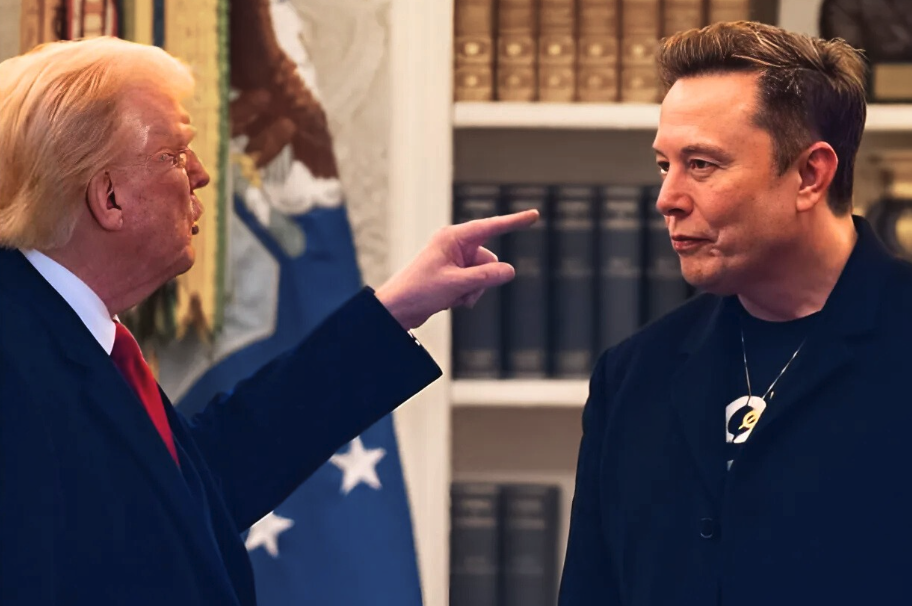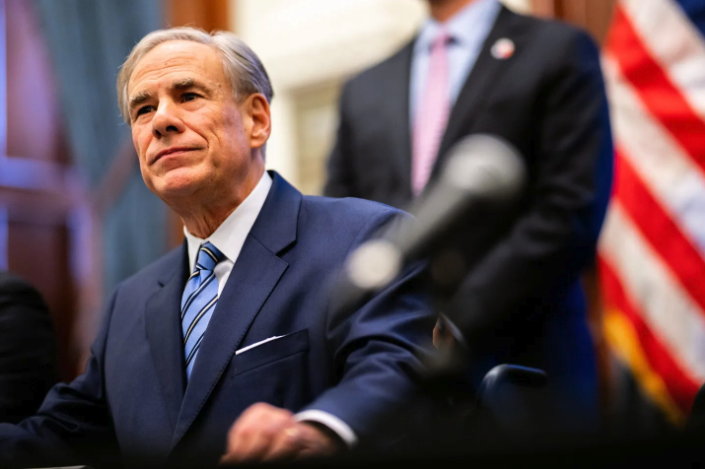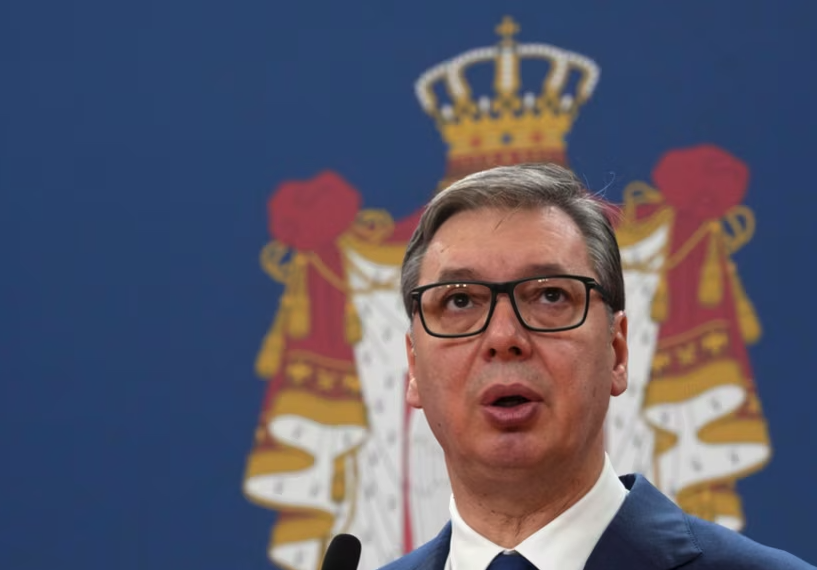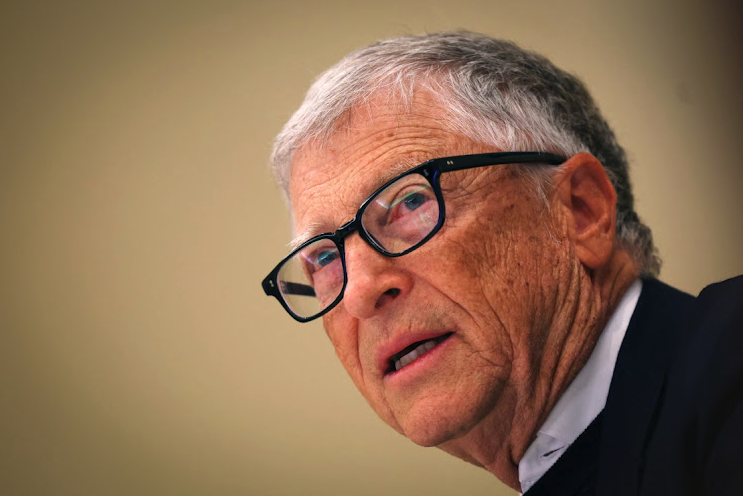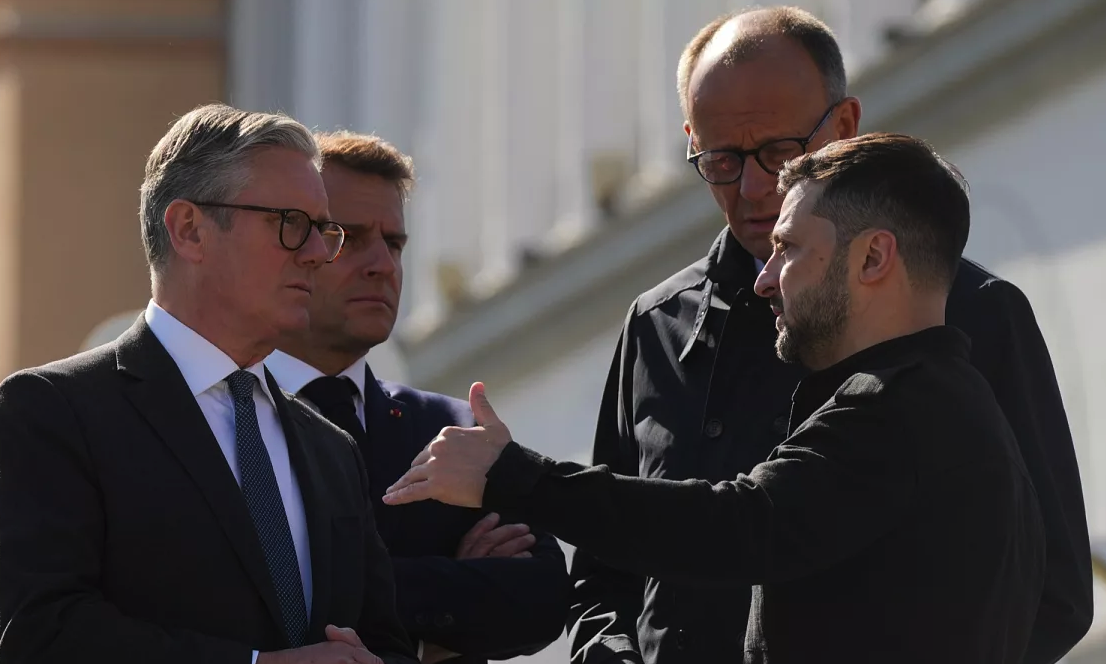Transforming Qatar’s gifted luxury jet into Air Force One may cost hundreds of millions

A High-Profile Gift Sparks Debate
On May 11, 2025, President Donald Trump took to X to announce that the U.S. Defense Department would receive a Boeing 747-8 jet as a “GIFT, FREE OF CHARGE” from Qatar, intended for temporary use as Air Force One.
The proposal comes at a time when the U.S. is already grappling with delays and cost overruns in its Air Force One replacement program.
Boeing’s $3.9 billion contract to deliver two new 747-800 jets has incurred $2.5 billion in losses, with delivery now projected for 2027.
The Qatari jet, if accepted, would serve as a stopgap, but its transformation into a secure presidential aircraft presents significant financial, security, and ethical challenges.
The Staggering Cost of Conversion
While the jet itself is a gift, the process of converting it into Air Force One is anything but free.
Estimates suggest that retrofitting the aircraft could cost up to three times its value, potentially exceeding $750 million.
This figure accounts for the extensive modifications needed to meet the stringent requirements of a presidential plane.
According to a person familiar with the plan, the jet’s base value is closer to $250 million, but the overhaul’s complexity drives costs skyward.
The conversion process involves stripping the aircraft to its frame and rebuilding it with advanced systems.
These include highly secure communication networks for intelligence access and military coordination, defensive measures to counter threats like electromagnetic pulses, and mid-air refueling capabilities—a critical feature for prolonged airborne operations during emergencies, such as a nuclear attack.
“This is the central point of the U.S. nuclear command and control network to ensure that we have second strike capability,” said Stacie Pettyjohn, director of the Defense Program at the Center for a New American Security.
| Aspect | Details |
|---|---|
| Jet Value | Estimated $250M–$400M |
| Conversion Cost | Up to $750M or more |
| Timeline | Several months to two years |
| Key Modifications | Secure communications, defensive systems, mid-air refueling, EMP shielding |
| Agencies Involved | Air Force, Secret Service, CIA, NSA, White House Communications Agency |
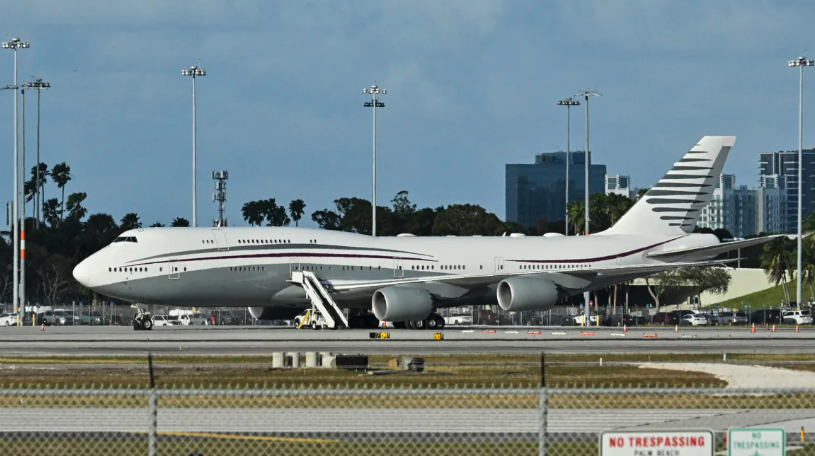
Security Risks: A Pandora’s Box
The prospect of using a foreign-gifted aircraft for the president has raised alarm bells among lawmakers and security experts.
Republican Sen. Ted Cruz warned that the plane “poses significant espionage and surveillance problems,” while Democratic Sen. Jack Reed, ranking member of the Senate Armed Services Committee, cautioned that accepting it could grant a foreign nation “immense counterintelligence risks” by accessing sensitive systems.
These concerns stem from the possibility that the jet, originally configured for Qatar’s royal family, could contain hidden surveillance devices or vulnerabilities.
A retired senior military official emphasized the need for a thorough inspection. “You would want to check the airplane out completely—strip it down, check for bugs, things like that, harden it to make sure nobody could hijack the electronics,” they told CNN.
The official noted that ensuring the president’s ability to command and control military operations during crises requires meticulous work, a process that could take up to two years and involve multiple agencies, including the Secret Service, CIA, NSA, and White House Communications Agency.
The jet’s lack of mid-air refueling capability, a standard feature of the current Air Force One, adds another layer of complexity.
In scenarios like a nuclear attack, the ability to remain airborne for extended periods is crucial.
“If there were nuclear strikes and you can’t land, or if you land you might be vulnerable because you’ll be seen by satellites, staying up in the air could be the safer option,” Pettyjohn explained.
Legal and Ethical Minefield
The acceptance of such a valuable gift from a foreign government has sparked intense legal and ethical scrutiny.
The Department of Justice and Qatari lawyers are navigating the thorny legal questions surrounding the transfer, which is framed as a government-to-government transaction rather than a personal gift.
Qatar’s media attaché, Ali Al-Ansari, stated on May 11, 2025, that the “possible transfer of an aircraft for temporary use as Air Force One” is under consideration, but no final decision has been made.
Ethical concerns are amplified by reports that the jet would be donated to Trump’s presidential library foundation after his presidency, raising questions about personal benefit .
Trump defended the move in an X post, arguing that it saves money compared to purchasing a new plane.
“So the fact that the Defense Department is getting a GIFT, FREE OF CHARGE, of a 747 aircraft to replace the 40-year-old Air Force One, temporarily, in a very public and transparent transaction, so bothers the Crooked Democrats that they insist we pay, TOP DOLLAR, for the plane,” he wrote.
Critics, however, argue that the gift could violate the Constitution’s emoluments clause, which prohibits federal officeholders from accepting gifts from foreign governments without congressional approval.
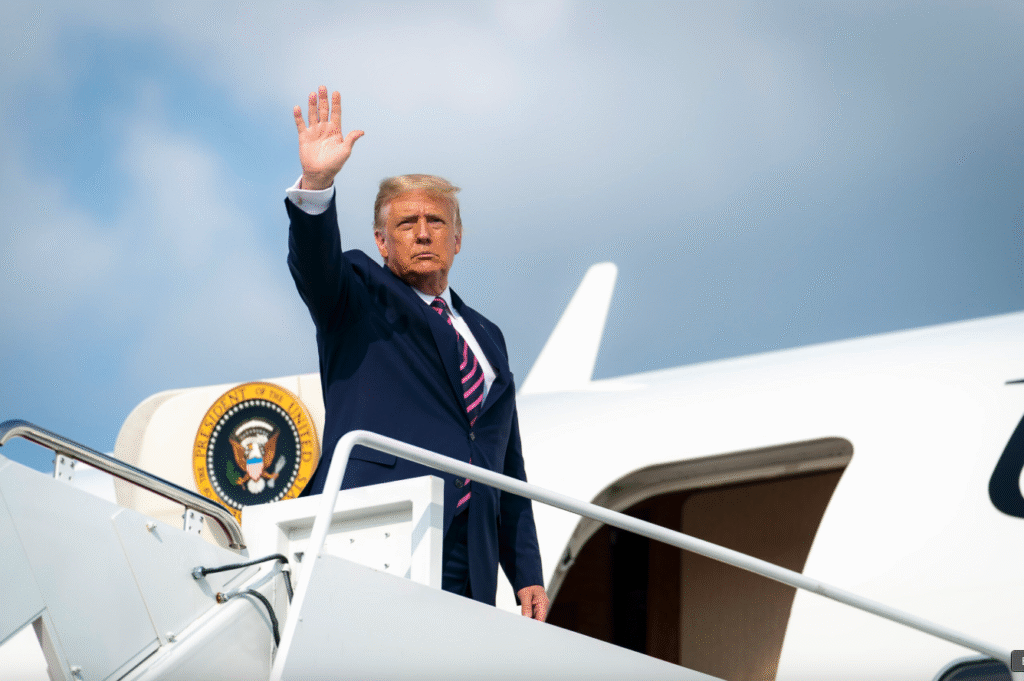
Feasibility and Timeline: A Daunting Task
The logistical challenges of converting the Qatari jet are formidable.
The process requires coordination across multiple agencies and could take anywhere from several months to two years, depending on the extent of modifications.
A former senior counterintelligence official expressed skepticism about the project’s viability, stating, “I don’t see how you do this with an acceptable level of risk in a reasonable amount of time, if you can do it at all”.
The jet must be equipped with capabilities that go far beyond those of a standard 747.
These include secure communication systems for real-time intelligence and military coordination, defensive systems to protect against physical and electronic threats, and shielding against electromagnetic pulses.
The addition of mid-air refueling capability, absent in the jet’s current configuration, is particularly critical for ensuring the president’s safety during crises.
A Secret Service official expressed doubts about the administration’s willingness to accept the jet, citing the extensive work required.
“We highly doubt the administration takes the jet,” they told CNN, underscoring the complexity of the project and the potential for unforeseen challenges.
Context: The Broader Air Force One Program
The Qatari jet proposal must be viewed in the context of the ongoing Air Force One replacement program.
Boeing’s contract to deliver two new 747-800 jets, signed in 2018, has faced significant delays and cost overruns.
The company has reported $2.5 billion in losses, and delivery is now expected by 2027, potentially aligning with the latter part of Trump’s second term.
The new jets, already built when ordered, are undergoing extensive modifications to meet presidential requirements.
The Qatari jet, if accepted, would not replace these new aircraft but serve as a temporary solution.
However, its conversion costs could rival or exceed those of the Boeing program, raising questions about its cost-effectiveness.
“This isn’t a free plane,” a Politico report noted, emphasizing that the taxpayer burden could be substantial.

Looking Ahead: Balancing Benefits and Risks
As the administration weighs the decision to accept Qatar’s gift, it faces a delicate balancing act.
On one hand, the jet could provide a temporary replacement for the aging Air Force One, potentially easing pressure on the delayed Boeing program.
On the other hand, the financial costs, security risks, and ethical concerns present significant hurdles.
The involvement of multiple agencies, the need for rigorous oversight, and the legal complexities of the transfer add further layers of difficulty.
Public and congressional scrutiny is likely to intensify as more details emerge. Lawmakers like Cruz and Reed have called for transparency, while experts urge caution in accepting a foreign-gifted aircraft for such a critical role.
The decision will test the administration’s commitment to fiscal responsibility, national security, and ethical governance.
For now, the fate of the Qatari jet remains uncertain. Qatar’s government has acknowledged discussions about the transfer but denied that a final decision has been made.
As the legal, logistical, and political debates unfold, one thing is clear: transforming this luxury jet into Air Force One is a high-stakes endeavor with far-reaching implications.





